Thanksgiving is one of the biggest drinking days of the year with glasses of wine flowing faster than water. While you might expect the big red names, like Cabernet Sauvignon and Bordeaux, to steal the day, the diverse mix of food actually calls for something a bit tamer and less full-bodied. Do you really want to overpower all the delicious flavors of turkey, mashed potatoes, cranberry sauce, bread stuffing, yams and whatever else your crazy aunt makes?
There isn’t one perfect wine that can balance all the flavors, however, a few red and white wines stand out as excellent choices for Thanksgiving dinner’s expansive flavor profile.
White wine for Thanksgiving dinner
The key is finding white wines with well-balanced acidity. Whether you want fruity, sweet or dry is really up to you. The three best options are:
Riesling – This white wine is known for its clarifying acidity and strong fruit aromas of apricot, honey-crisp apple and Meyer lemon. It complements many of Thanksgivings’ core dishes like turkey, potatoes and stuffing. Some of the best Rieslings come from Alsace and Germany, with Washington State leading for US varieties.
Recommended wine: Dr L Riesling – 750ml – $8.99
Pinot Grigio – This is another white wine known for its high acidity and primary fruit flavors of apple, lemon and white nectarine. It cuts through the strong garlic and onion flavors found in many Thanksgiving stuffings, turkeys and gravies, and complements high-fat dishes like green bean casserole. You can opt for a refreshing Italian Pinot Grigio or go with a round, sensuous Pinot Gris from California.
Recommended wine: J Vineyards Pinot Gris – 750ml – $10.99
Chardonnay – The final white wine on our list is the most recognized grape of the group and is best known for its vanilla and oaky flavors, buttery finish and medium acidity. An oaked Chardonnay is great as a pre-dinner drink while an unoaked version is a surprising complement to a big plate of turkey and gravy. Top Chardonnay options come from California, Australia, and France.
Recommended wine: Kendall Jackson Avant Chardonnay – 750ml – $11.99
Red wine for Thanksgiving dinner
The key is finding red wine varieties with low tannins and a less full-bodied feel that won’t mask the dinner flavors. The three best options are:
Pinot Noir – This red wine is a perennial favorite at the Thanksgiving table. It’s a perfect balance of subtle earthy undertones, light red berry fruit flavors (like cranberry), and mushroom and vanilla aromas. Because it pairs so lovely with so many foods, it’s ideal for the vast holiday spread. You really can’t go wrong with any Pinot Noir from France or the United States.
Recommended wine: Sean Minor Carneros Pinot Noir – 750ml – $15.99
Beaujolais Nouveau – This red wine is a lighter, fruiter variety that is practically tannin-free. It is best served chilled and tastes great with the warm, herby dishes of Thanksgiving. It’s also released every year at the end of November, just in time for the big meal. Beaujolais Nouveau only comes from that specific region of France and if you can’t find one of the Nouveau varieties, any Beaujolais will usually do.
Recommended wine: Georges Duboeuf Beaujolais Nouveau – 750ml – $7.99
Zinfandel – This red wine is more full-bodied than the others on this list, but still manages to maintain an excellent balance of tannins, acidity and berry fruit flavors. If you’re looking for a more sophisticated, fuller red to accompany your Thanksgiving plate of turkey and stuffing, this is our recommendation. The ones from Napa and Sonoma Valleys are hard to beat.
Recommended wine: Cline Ancient Vines Zinfandel – 750ml – $10.99
Browse our full selection of white and red wines, sparkling wines and dessert wines, as well as our November Wine Specials, to find the perfect ones for your Thanksgiving meal. And remember: as with any holiday meal, any wine, beer or cocktail that brings the family together is an excellent choice! Happy Thanksgiving to you all!

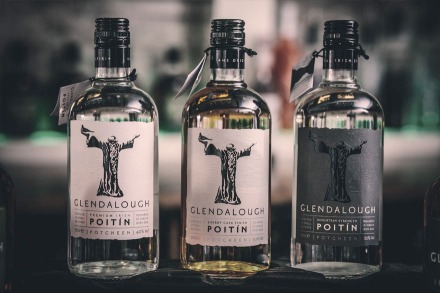
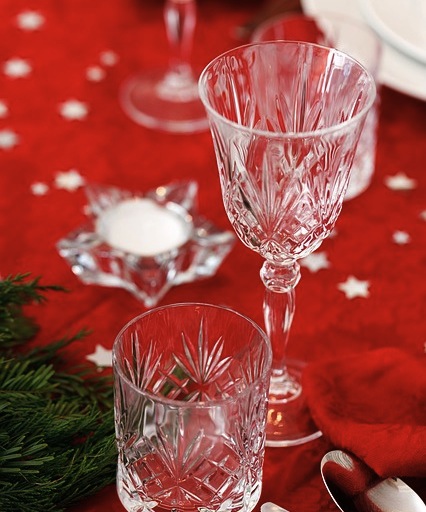




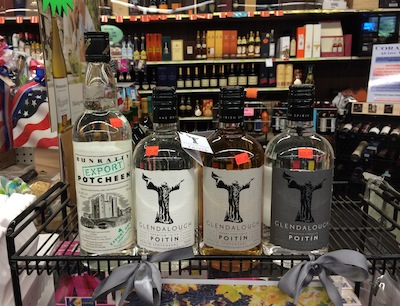
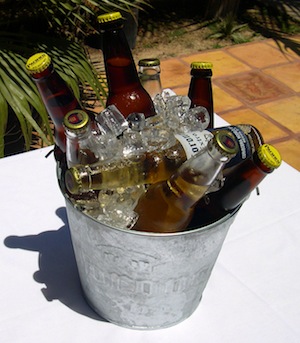
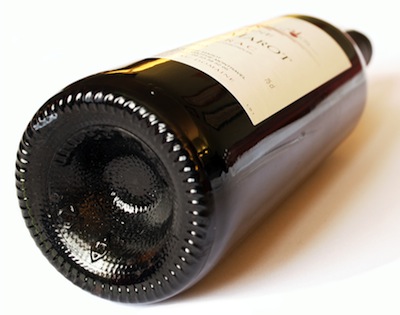
 Is there anything better than a fine Italian dinner? Of
Is there anything better than a fine Italian dinner? Of